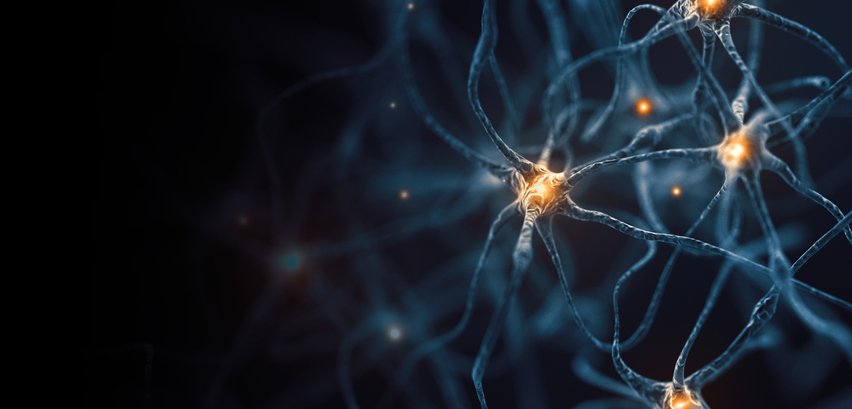Recent research highlights the role of IL-17, a cytokine traditionally known for its function in the immune system, in influencing anxiety behaviors by acting on specific brain circuits. Two studies published in the journal Cell demonstrate that IL-17 interacts with distinct brain regions, leading to opposing effects on behavior. In the amygdala, IL-17 increases anxiety, while in the somatosensory cortex, it promotes sociability.
Dr. Gloria Choi, an associate professor at MIT, explains that during illness, the body experiences a range of internal changes that impact mood and behavior, suggesting a direct link between the immune system and brain function. This connection is particularly evident in cases where IL-17 is released in response to infections, leading to alterations in behavior. For instance, previous work indicated that IL-17 could suppress activity in a specific area of the cortex, known as S1DZ, which is associated with autism-like behaviors in mice.
The recent papers explore the receptor dynamics of IL-17, revealing that IL-17RA and IL-17RB are present in the cortex, including the S1DZ region. Binding of IL-17E to these receptors reduces neuronal excitability, which aligns with the behavioral changes observed in earlier studies.
Choi speculates that IL-17 may have evolved initially as a neuromodulator before being repurposed by the immune system for inflammatory responses. This theory is supported by findings in C. elegans, where IL-17 functions in neuronal signaling without immune system involvement.
In the second study, researchers mapped IL-17 receptors in the amygdala, particularly in the basolateral amygdala (BLA), an area critical for emotional processing. Here, IL-17A and IL-17C binding increases neuronal excitability, contributing to heightened anxiety levels. Interestingly, blocking IL-17 receptors led to increased levels of IL-17C in the body, suggesting a potential mechanism for unexpected side effects seen in clinical trials targeting IL-17-RA for psoriasis, including mental health issues.
Choi posits that the anxiety response triggered by IL-17 during infections may serve a protective role, keeping individuals isolated to prevent disease spread. The immune system’s ability to influence behavior through cytokines indicates a complex communication network between immune responses and brain functions.
The studies also identified that the same neurons in the BLA with IL-17 receptors also have receptors for IL-10, a cytokine that dampens inflammation. This dual receptor presence offers a pathway for the body to regulate anxiety once the infection resolves.
Overall, the findings underscore the intricate relationship between the immune system and behavior, suggesting that IL-17 and its receptors could be targets for developing new treatments for conditions like autism and depression. Choi’s lab aims to further explore the mapping of IL-17 receptors and the potential therapeutic applications of these immune molecules in mental health treatment.



